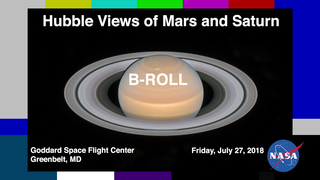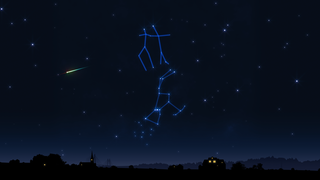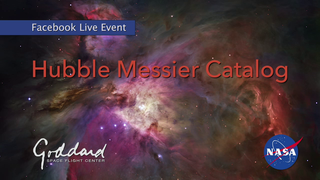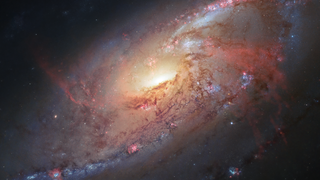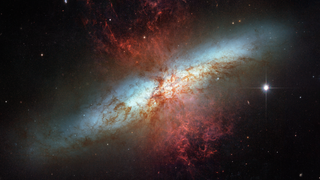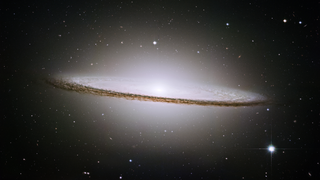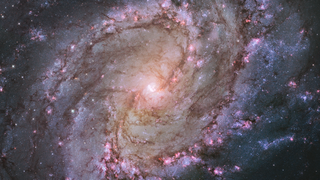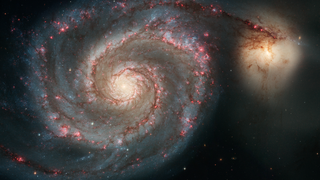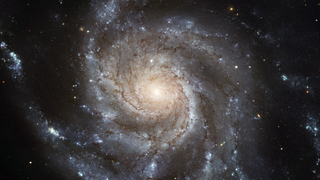A Hubble Holiday Surprise Hides In Plain Sight Among The Geminid Meteor Shower Live Shots
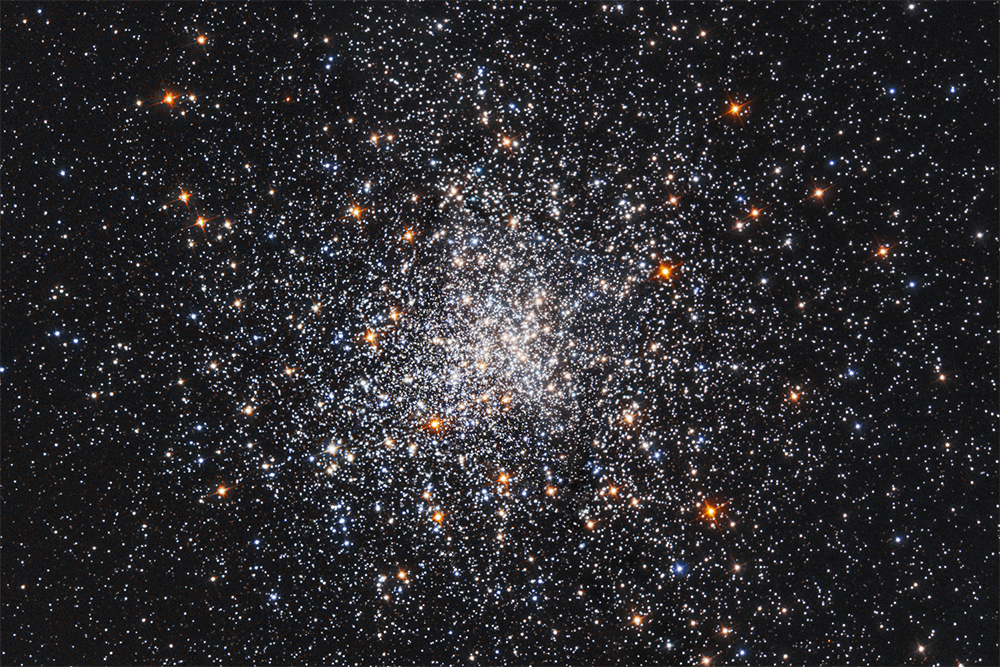
Hubble Scientists Reveal a New Holiday Image and Share Their Favorite Skywatching Tips
One of the best meteor showers of the year peaks on Dec. 13, and amidst the shooting stars you can see the very cosmic object that sparkles and shines in this year’s Hubble Space Telescope holiday image.
Spectators of the Geminid meteor shower can expect to see up to 120 meteors per hour shoot across the night sky. These bright streaks of light will appear when tiny remnants from an asteroid named 3200 Phaethon interact with Earth's atmosphere. Most meteor showers are the result of comet remnants, so the Geminids are special because they originate from an asteroid.
Join Hubble scientists from 6:00-11:30 a.m. EDT on Wednesday, Dec. 13 as as they share their tips and tricks for meteor shower-watching and stargazing this holiday season. They'll also reveal Hubble's festive new image.
This year Hubble is releasing a special holiday image that features a truly stunning cosmic object. Even though it's tens of thousands of light-years away, it can still be seen from the ground using just a pair of binoculars or a small backyard telescope. It is best viewed under a winter sky, and better yet, during next week’s meteor shower.
HD Satellite Coordinates for G17-K18/Lower:
Galaxy 17 Ku-band Xp 18 Slot Lower| 91.0 ° W Longitude | DL 12051.0 MHz | Vertical Polarity | QPSK/DVB-S | FEC 3/4 | SR 13.235 Mbps | DR 18.2954 MHz | HD 720p | Format MPEG2 | Chroma Level 4:2:0 | Audio Embedded
*****To book a window contact: *****
Michelle Handleman / michelle.z.handleman@nasa.gov / 301-286-0918
Additional Information: Launched in 1990, Hubble has brought stunning imagery and groundbreaking science to the public for 27 years.
Suggested Questions:
1. What is a meteor shower and how can we see the one peaking tonight?
2. Hubble just released a new holiday image of an object that we can also see in our night sky. How can we see this festive cosmic object? (Scientists will reveal the new Hubble holiday image)
3. December is a great time to look up at the night sky and see lots of other interesting things. What are some other objects that Hubble has seen that we can see, too?
4. What tips do you have for aspiring backyard astronomers?
5. Where can we learn more?
Questions for longer interviews:
1. Hubble is 27 years old now. How is the telescope doing?
2. Hubble has been studying the universe for more than 27 years now. How many observations has the telescope actually made?
3. Hubble has had a long career studying and capturing beautiful images of planets in our solar system as well as distant galaxies. What’s next for the telescope?
4. Hubble has captured the imagination of the world. How can the public engage with this iconic telescope?
Location: NASA's Goddard Space Flight Center/Greenbelt, Maryland
Scientists:
Jim Jeletic / Hubble Space Telescope Deputy Project Manager
Dr. Ken Carpenter / Hubble Space Telescope Project Scientist
Dr. Amber Straughn / NASA Astrophysicist
Dr. Rosa Diaz / Mission Systems Scientist / Space Telescope Science Institute [Interviews in Spanish]
Related
For More Information
Credits
Aaron E. Lepsch (ADNET Systems, Inc.): Technical Support
Micheala Sosby (NASA/GSFC): Lead Producer
Chelsey Ballarte (GSFC Interns): Producer
Katrina Jackson (USRA): Lead Editor
NASA's Goddard Space Flight Center
https://svs.gsfc.nasa.gov/12790
Mission:
Hubble
This item is part of this series:
Narrated Movies
Keywords:
SVS >> HDTV
SVS >> James Webb Space Telescope
NASA Science >> Universe
